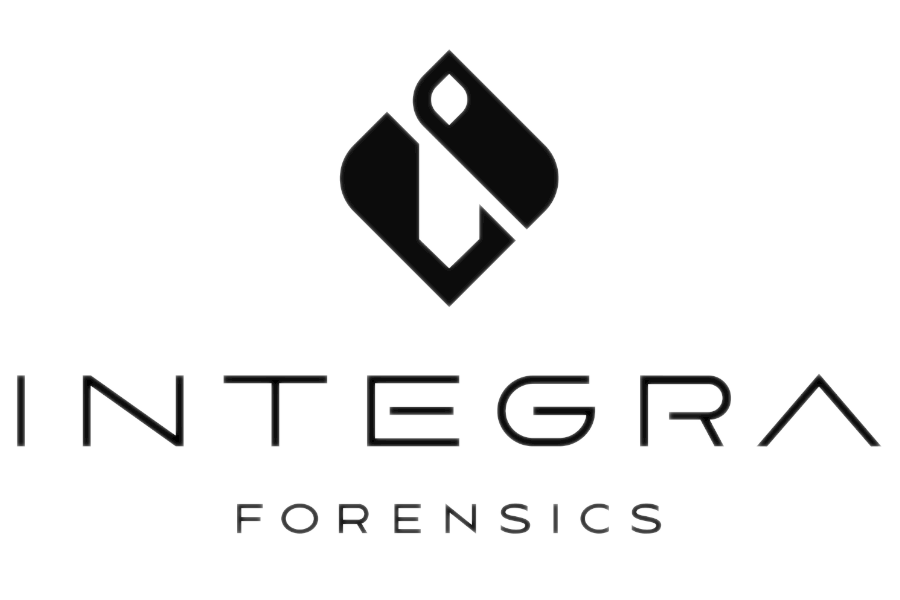sent on october 27, 2023
As of mid-September, there were over 260,000 Part 107 drone pilots with nearly one million registered drones. As of March 16th, all those drones have to be equipped with Remote ID. That's a lot of work.
What you need to know, in a nutshell…
The FAA defines Remote ID as the ability of a drone in flight to provide identification and location information that can be received by other parties through a broadcast signal.
Technically, we all had to be Remote ID compliant as of 09/16/2023; however, the FAA took a bunch of flack because pilots weren’t able to comply due to hardware or software unavailability. As such, the rule won’t be enforced until this March, at which point non-compliant operators ...could face fines and suspension or revocation of pilot certificates. Some of the details straight from the horse’s mouth, if you care to dive in.
There are two realistic ways to be compliant:
Fly a drone with standard Remote ID
Attach a Remote ID module to your drone
1) Most of the newer drones come with standard Remote ID, though you might need to update their firmware to activate the feature. You can check the FAA’s site here to determine if your drone is so-equipped. Just filter by RID and search for your make or model. One catch, this list is being updated as manufacturers release software updates for their older drones. For instance, my Mavic 2 Pro isn’t currently compliant but is expected to be shortly.
2) If you’re rocking an older drone and don’t want to spend a couple grand to upgrade, you can slap a Remote ID Module on your copter and you’ll be good to go. Pilot Institute released a great video covering the available modules, which is included below. For a quick summary, there's a great PDF here.
Hopefully this recap saves you time and gets you up to speed. Feel free to pass it along to a friend in need.
Lou Peck
Lightpoint | Axiom






















